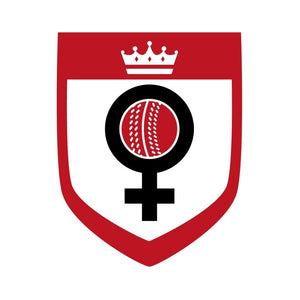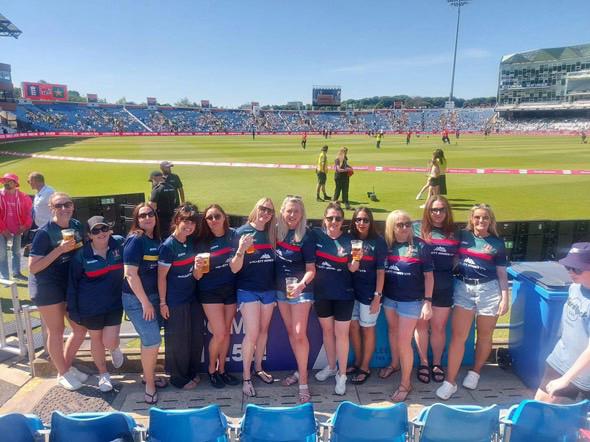
Why Representation Matters in Grassroots Sport
Share
On a muddy pitch on a Saturday morning, a young girl watches her coach set out the cones. If that coach is a woman, the message is immediate: leadership is possible, coaching is possible, and the game has space for her beyond playing. This is why women in coaching and management positions matter so much, particularly in grassroots sport where identities and ambitions are first shaped.
The barriers, though, are well documented. As Mary Jo Kane notes in her socio-cultural examination of women in coaching, there is still “a lack of women coaches in sport leadership positions,” rooted in long-standing stereotypes about who looks like a leader and who does not (Kane, 2015). These barriers are not simply about opportunity, but about perception: coaching is still too often seen as a masculine role. Women who step into those spaces do so against a cultural current that can make their presence feel unusual, even questioned.
The way women in sport are represented in the media only adds to this challenge. Nicole LaVoi and Austin Stair Calhoun explore how women’s sporting achievements are regularly framed through appearance, emotion, or personality, rather than expertise and authority (LaVoi & Calhoun, 2015). For women coaches and managers, this can mean being taken less seriously, with their leadership evaluated through a lens that is subtly but persistently biased.
Yet despite these hurdles, the importance of women pursuing coaching and management cannot be overstated. Research on women in sport management argues that their presence challenges the structures that have historically sidelined them and creates a pathway for others to follow (Adriaanse & Claringbould, 2009). In grassroots contexts, this is even more powerful. A girl in a community football club, seeing a woman run training or manage a team, is offered more than skills on the pitch. She is offered a vision of herself in a leadership role.
The impact is generational. Studies show that when women are visible in management and coaching positions, it helps to normalise female authority in sport and shifts expectations for what is possible (Shaw & Penney, 2003). Representation works on two levels: it challenges the biases of those watching and it validates the ambitions of those playing. For girls in grassroots sport, who are forming ideas of identity, aspiration, and belonging, this can be transformative.
Of course, the benefits are not just symbolic. Women in coaching and management often bring collaborative approaches that support inclusive environments, an argument underlined in the work on advancing women in sport management published by Gender in Management (Kane, 2010). Teams managed by women are frequently reported to have strong cohesion and better communication, qualities that strengthen not only performance but also the sense of community at the heart of grassroots sport.
It is also worth noting that the journey of becoming a coach offers women immense personal growth. Confidence, resilience, and authority are skills developed through coaching, and these ripple outward. As research on women’s experiences in sport shows, the act of leading teams builds expertise that extends beyond sport into workplaces, families, and wider communities (Norman, 2010).
The challenges remain significant, however. The pressure of being “the only one,” the scrutiny of decisions, and the constant need to prove credibility are realities many women coaches describe (LaVoi et al., 2022). But what emerges just as strongly is the sense of responsibility: by stepping into those roles, women are not only advancing their own careers but are creating role models for the next generation.
And this is the crux. Grassroots sport thrives on role models. For boys, they have been abundant: coaches, managers, players in the professional spotlight. For girls, the landscape is still uneven. Women who take on coaching and management positions help redress that imbalance. They show that women can lead, strategise, and inspire, not in exceptional cases but as a norm.
The work ahead is to support these women. That means communities celebrating their successes, sports organisations actively recruiting and mentoring them, and media outlets choosing to spotlight their expertise rather than sideline it. It does not need to be a conversation that sets women against men. It is instead about building a culture where leadership in sport is recognised as valuable no matter who provides it.
Because for that young girl standing on the pitch, watching her coach set out the cones, the lesson is not only about football or cricket or rugby. It is about what is possible.


















